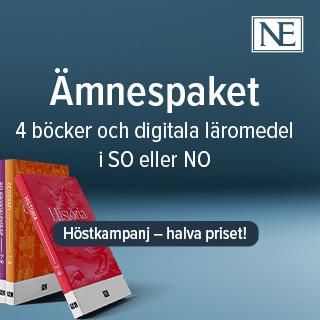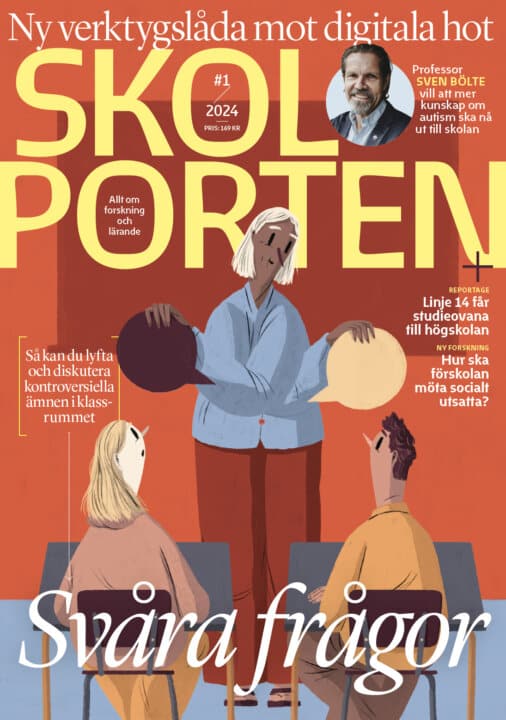Å lære å undervise i kroppsøving. Design for utvikling av teoribasert undervisning og kritisk refleksjon i kroppsøvingslærerutdanningen
Den pedagogiska skickligheten i ämnet idrott och hälsa utvecklas med hjälp av aktuell forskning och olika lärandeteorier. Glenn Øvrevik Kjerland avhandling visar hur idrottslärarstudenter kan utveckla sin undervisning genom teoribaserat lärande och kritisk reflektion.
Glenn Øvrevik Kjerland
Claes Annerstedt, Göteborgs universitet
Göteborgs universitet
2015-10-02
Learning to teach Physcial Education. Design for development of theory-based teaching and critical reflection in Physical Education Teacher Education
Department of Food and Nutrition, and Sport Science ; Institutionen för kost- och idrottsvetenskap
Learning to teach Physcial Education. Design for development of theory-based teaching and critical reflection in Physical Education Teacher Education
Applying pedagogical theory in professional practice and developing critical awareness are important objectives in teacher education in Sweden. Current evidence indicates that these objectives are difficult to achieve in Physical Education Teacher Education (PETE). Challenges that limit the students’ ability to apply pedagogical theory in teaching and execute critical reflection were used as objectives for designing and executing a project for learning and development. The aim of the study is to explore how a design that supports students’ development of theory-based teaching and critical reflection in PETE can be realized. Findings indicate that the students’ became more aware of the necessity and value of using learning theories in PE teaching. The students’ different conceptualizations of theories and different assessments of theory-based teaching created challenges that oriented negotiations, collaborative learning processes and development of what the students’ meant were valid theory-based teaching concepts within the groups. Development of repertories of theory-based teaching concepts and using them for critical reflection led to discussions and critical analysis which revealed what the students’ meant were dominant teaching methods in PETE. When the differences between learning to teach in different settings and dominant teaching patterns were highlighted, they became resources for articulating and concretizing challenges which limit development of teaching competence in PETE. In one of the five groups these concretization processes led to ideas that may support learning to teach in the future.
Relaterade länkar

Fritidshem
 Åk F–6
Åk F–6 Matematikångest
 Åk 4–Vux
Åk 4–Vux 






